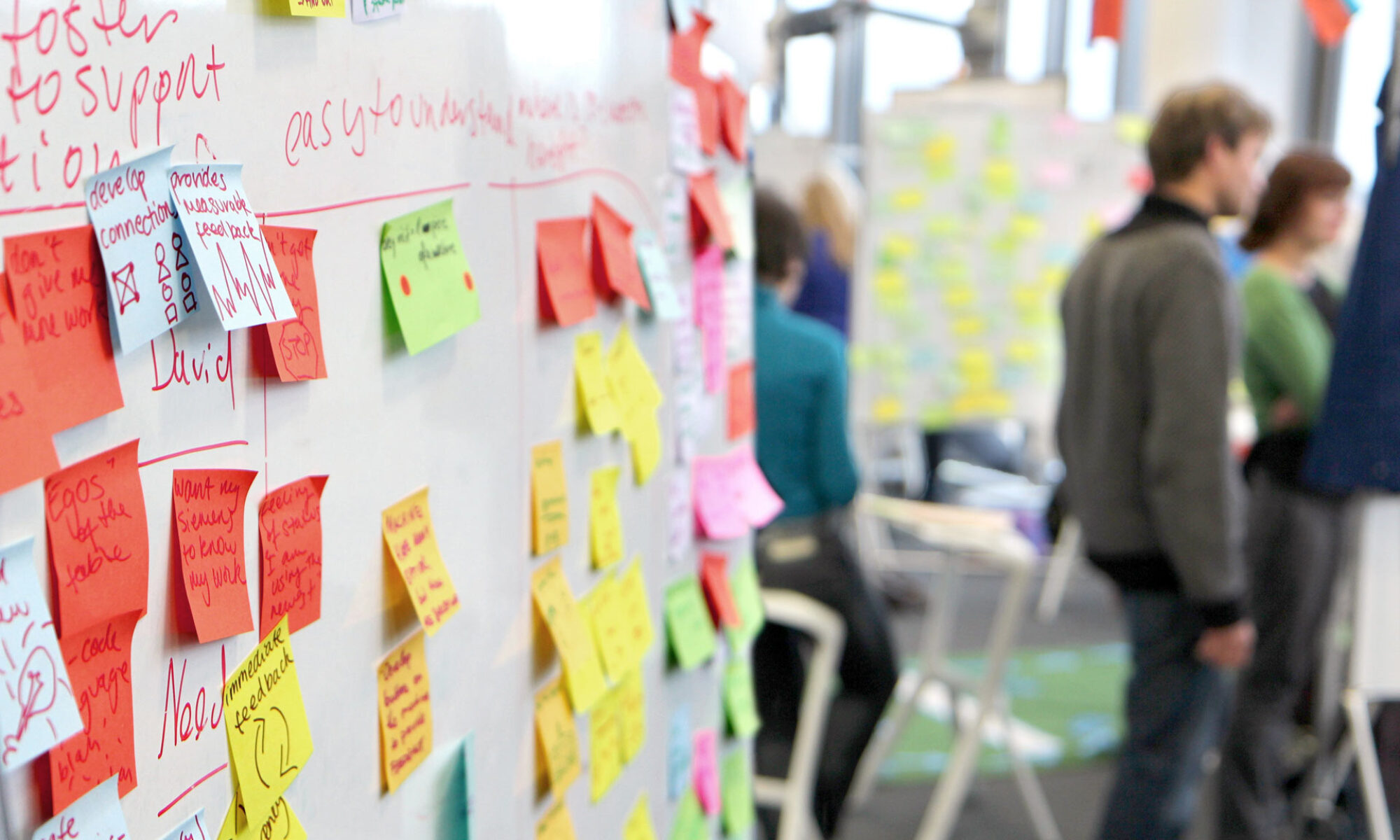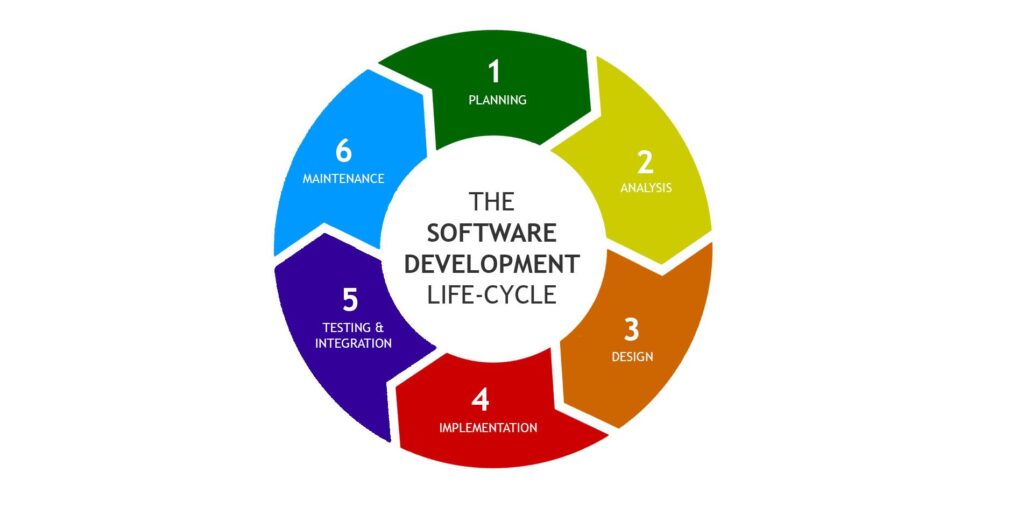What is gamification?
First and foremost, gamification is not a game, nor is it even necessarily fun. Gamification is the application of game design elements and game mechanics to non-game contexts and is typically used to improve:
- Engagement with the product or service
- Organizational productivity
- “Flow”, a concept popularized by Mihaly Csikszentmihalyi
- Learning ability or the desire for learning
- Ease of use
Three Basic Tenets
Variable Rewards
As users perform actions (e.g. post Tweets, upload photos, buy products, write reviews, etc.), they are validated by receiving likes, shares, upvotes, or other “rewards”. These serve to reinforce the action and encourage users to continue performing that action because they cannot predict how much “reward” they will receive and will constantly seek more.
Completion
Human nature is to seek to see things “whole”. Partially painted walls, half-done laundry, and incomplete DIY projects bother us and generally prompt us to continue until we or the environment around us feels “complete”.
Achievements & Prizes
These can be real or virtual. 4square used virtual badges and achievements to reinforce behavior, but air miles and cash prizes are common real rewards for other platforms.
Continue reading “Gamification”
